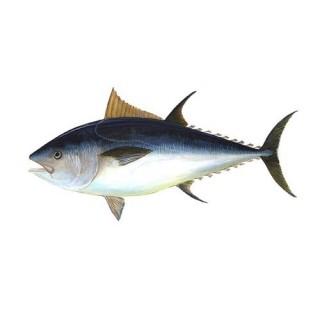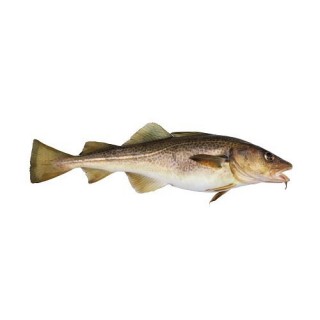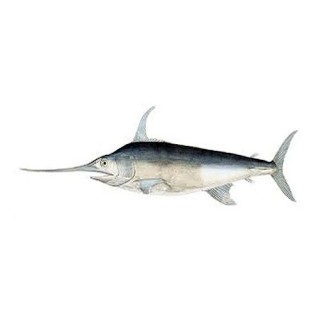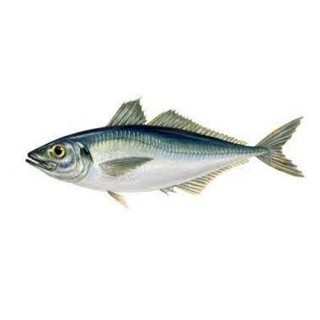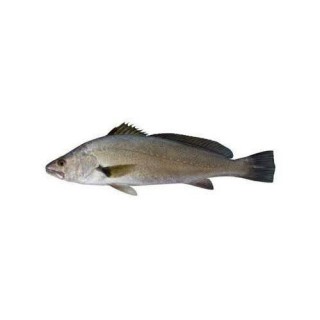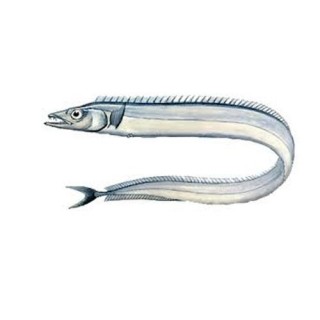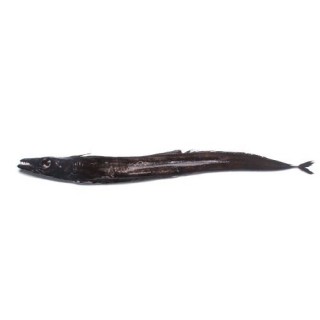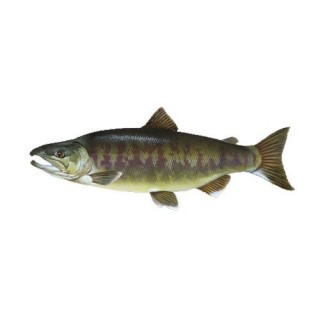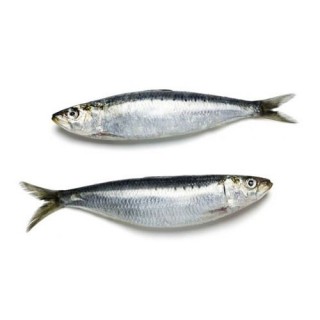Fish
There are 11 products.
Tuna fish - Thunnus albacares
If fish were like cars, tuna would be the Ferraris of the ocean—sleek, powerful, and made for speed. Their torpedo-shaped bodies streamline their movement through water, and their special swimming muscles enable them to cruise the ocean highways with great efficiency.
Swordfish - Xiphias gladius
Swordfish (Xiphias gladius), also known as broadbills in some countries, are large, highly migratory predatory fish characterized by a long, flat, pointed bill
Chum Salmon
The chum salmon (Oncorhynchus keta), also known as dog salmon or keta salmon, is a species of anadromous salmonid fish from the genus Oncorhynchus (Pacific salmon) native to the coastal rivers of the North Pacific and the Beringian Arctic, and is often marketed under the trade name silverbrite salmon in North America. The English name "chum salmon" comes from the Chinook Jargon term tzum, meaning "spotted" or "marked"; while keta in the scientific name comes from Russian, which in turn comes from the Evenki language of Eastern Siberia.
Hake
Hake is in the same taxonomic order (Gadiformes) as cod and haddock. It is a medium-to-large fish averaging from 1 to 8 pounds (0.45 to 3.63 kg) in weight, with specimens as large as 60 pounds (27 kg). The fish can grow up to 1 metre (3 ft 3 in) in length with a lifespan of as long as 14 years. Hake may be found in the Atlantic Ocean and Pacific Ocean in waters from 200 to 350 metres (656 to 1,148 ft) deep. The fish stay in deep water during the day and come to shallower depths during the night. An undiscerning predator, hake feed on prey found near or on the bottom of the sea. Male and female hake are very similar in appearance
Sardine
"Sardine" and "pilchard" are common names for various small, oily forage fish in the herring family Clupeidae. The term "sardine" was first used in English during the early 15th century, it comes from the Italian island of Sardinia, around which sardines were once abundant.


